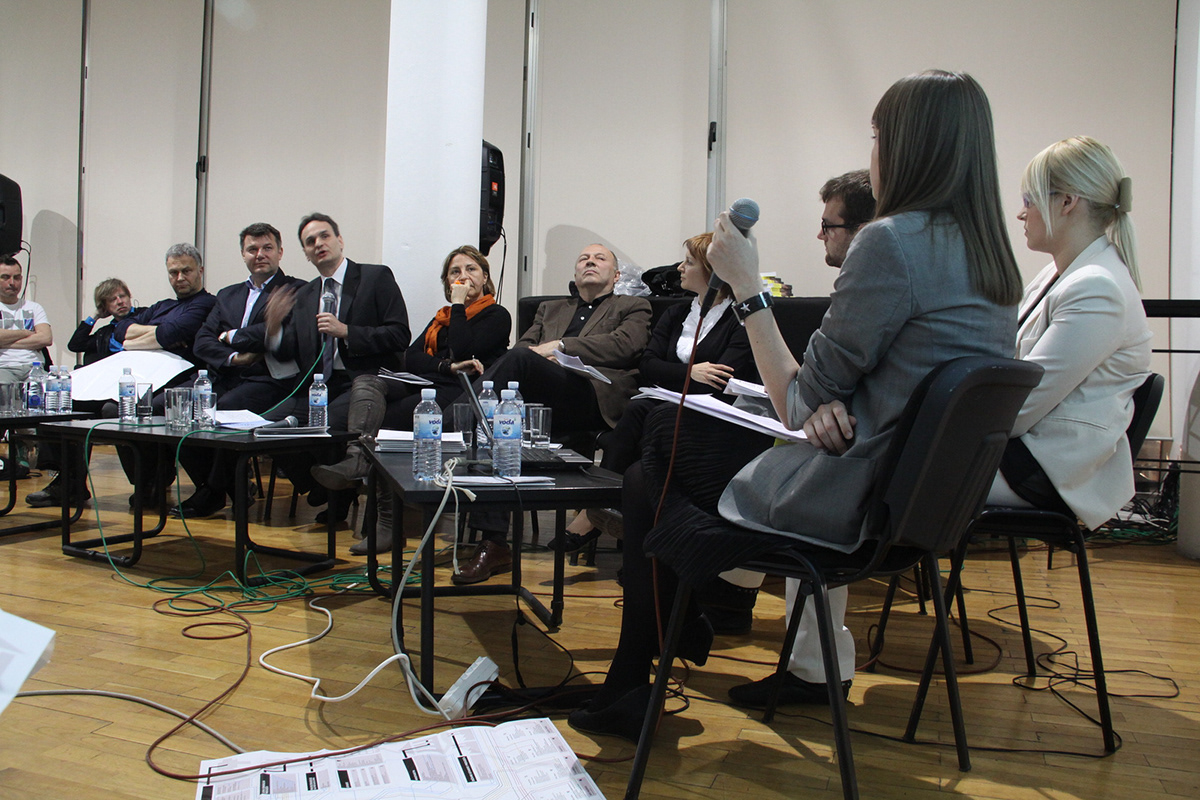Who runs Belgrade?
About the Governance map and the necessity of visualizing democracy.
Coming from the initiative of BINA (Belgrade International Architecture Week), Natasa Jankovic, Ana Savic, Alen Spahic, Ognjen Stanisljevic Dubravka Sekulic and Adrijan Karavdic realized the first governance map for the city of Belgrade.
About the Governance map and the necessity of visualizing democracy.
Coming from the initiative of BINA (Belgrade International Architecture Week), Natasa Jankovic, Ana Savic, Alen Spahic, Ognjen Stanisljevic Dubravka Sekulic and Adrijan Karavdic realized the first governance map for the city of Belgrade.
Guests:
Oliver Dulić / Minister of Mines, Enviroment and Spatial Planning
Dejan Vasović / City Architect
Zoran Alimpić / Deputy Mayor of Belgrade
Žaklina Gligorijević / Urban Institute and the Society of Architects of Belgrade
Ivan Rašković (Society of Architects of Belgrade)
Igor Marić (Socitety of Architects of Serbia)
Oliver Dulić / Minister of Mines, Enviroment and Spatial Planning
Dejan Vasović / City Architect
Zoran Alimpić / Deputy Mayor of Belgrade
Žaklina Gligorijević / Urban Institute and the Society of Architects of Belgrade
Ivan Rašković (Society of Architects of Belgrade)
Igor Marić (Socitety of Architects of Serbia)
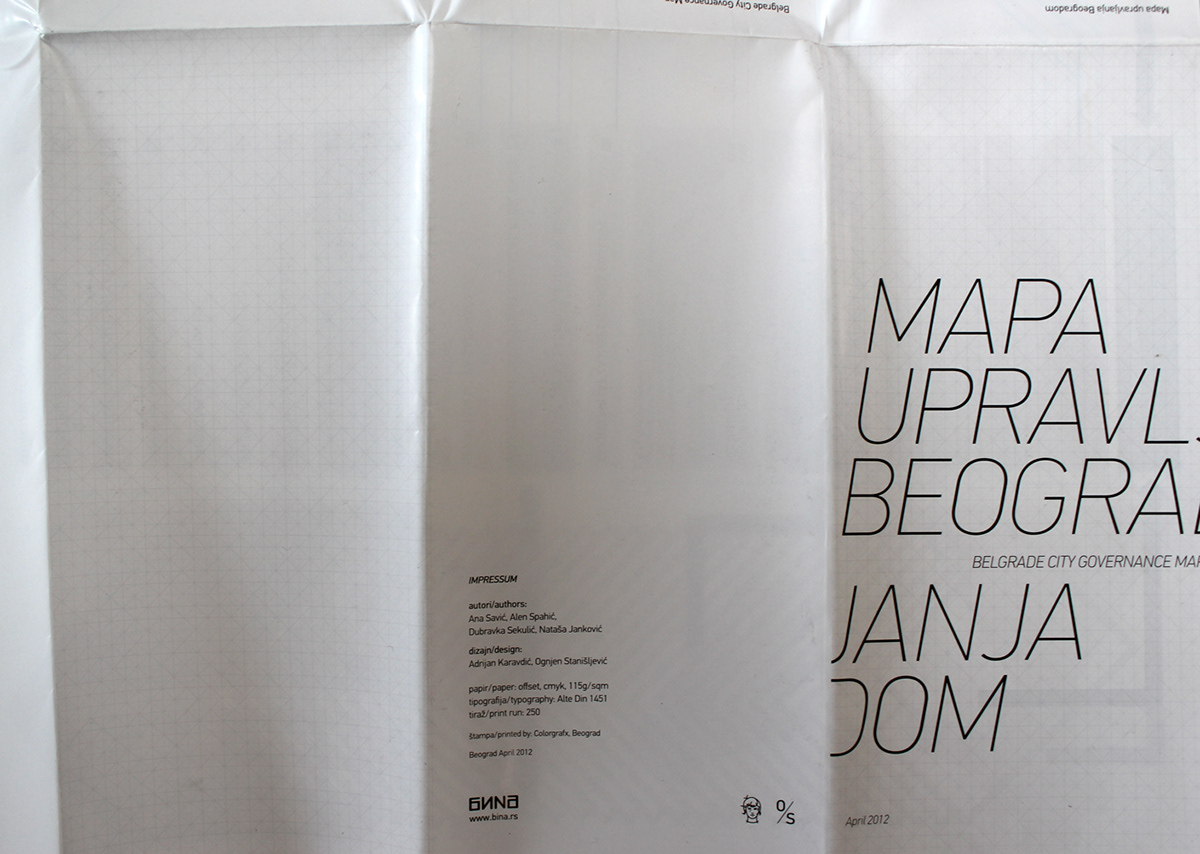
Text by Joanne, from Collage Lab.
http://www.collagelab.org/who-runs-belgrade-about-the-governance-map-and-the-necessity-of-visualizing-democracy/
“The city is a complex system hard to see, mainly
considered as something given for all those who
use it and/or live in it. To understand the system,
it is necessary to visualize it, and only then, it becomes
consciously understandable”.
considered as something given for all those who
use it and/or live in it. To understand the system,
it is necessary to visualize it, and only then, it becomes
consciously understandable”.
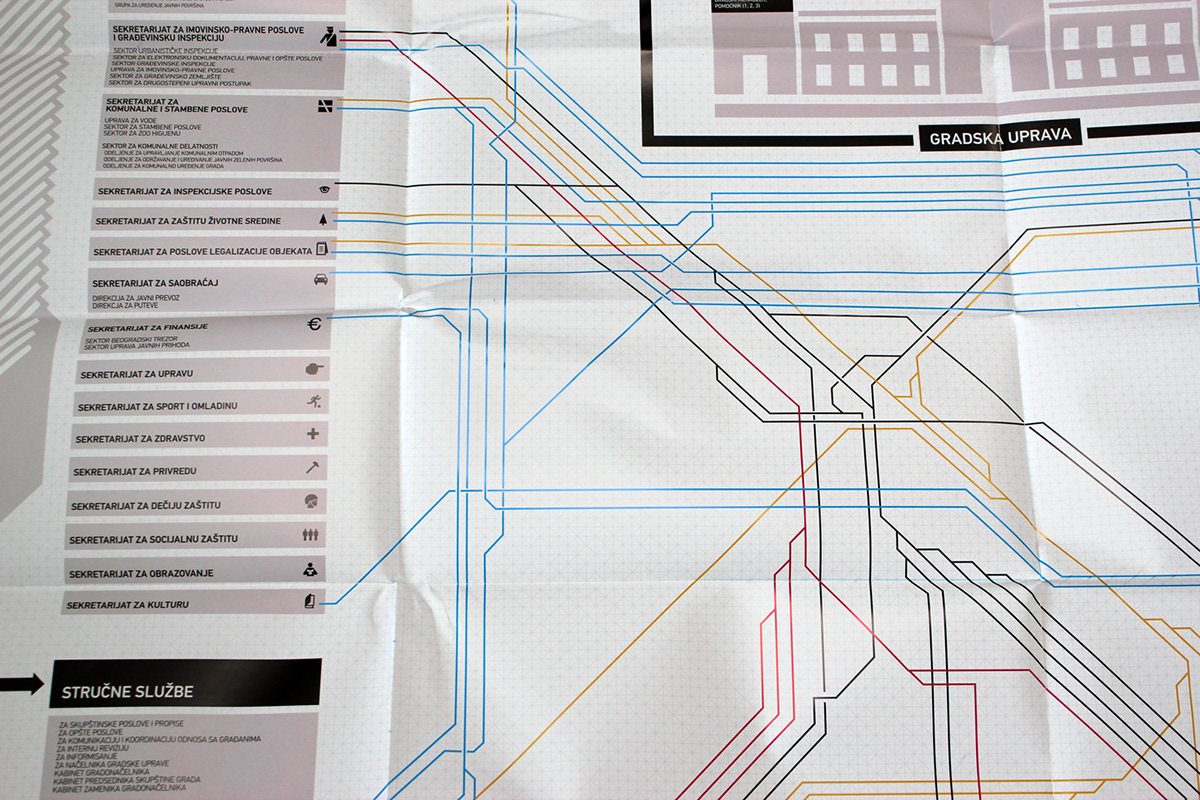
Understood as an on-going process, the visualization of the map – even though presenting from an architectural point of view the understanding of a system – shows an “Etat des Lieux” of the political and socio economical system of the city of Belgrade. The presentation of the map to the public during the Architecture week – what could have been an interesting democratic debate – turned out into a relevant symbol of the political situation in Serbia. Whereas some claimed to not be represented at the right place – existential crisis? – others affirmed their political position and opinion by never involving the people, never creating the so-waited debate, forgetting for who the map really is: “just” people, “just” citizen. Instead of opening the discussion on what the map is really relevant for, giving a quick and significant overview on how complex the system is and revealing the lack of decision makers and proper and clear hierarchy, the talk stayed on a superficial level of formal appearance, probably conscious that discussing the content would have been quite acrobatic: if a system is complex, isn’t it the role of honest and conscious politics to propose solutions to simplify it? What is democracy about?
Do decision makers want to maintain power by blurring their identities and responsibilities in the heavy cloud of several -too many?- institutions. Politics are obviously closed to any kind of discussion keeping a fatalist vision on how to run a city: “it’s like that, it’s like that.”
But the deep quality of this map, out of the simple fascinating initiative (the question “who runs the city?” needs obviously to be answered!) is to present a democracy in progress: the same initiative renewed in some years should be simplified, if the direction taken by decision makers goes to more transparency and to re-establish contact with the population, extremely active and volunteer, even though not yet truly involved into the Governance process.
Do decision makers want to maintain power by blurring their identities and responsibilities in the heavy cloud of several -too many?- institutions. Politics are obviously closed to any kind of discussion keeping a fatalist vision on how to run a city: “it’s like that, it’s like that.”
But the deep quality of this map, out of the simple fascinating initiative (the question “who runs the city?” needs obviously to be answered!) is to present a democracy in progress: the same initiative renewed in some years should be simplified, if the direction taken by decision makers goes to more transparency and to re-establish contact with the population, extremely active and volunteer, even though not yet truly involved into the Governance process.
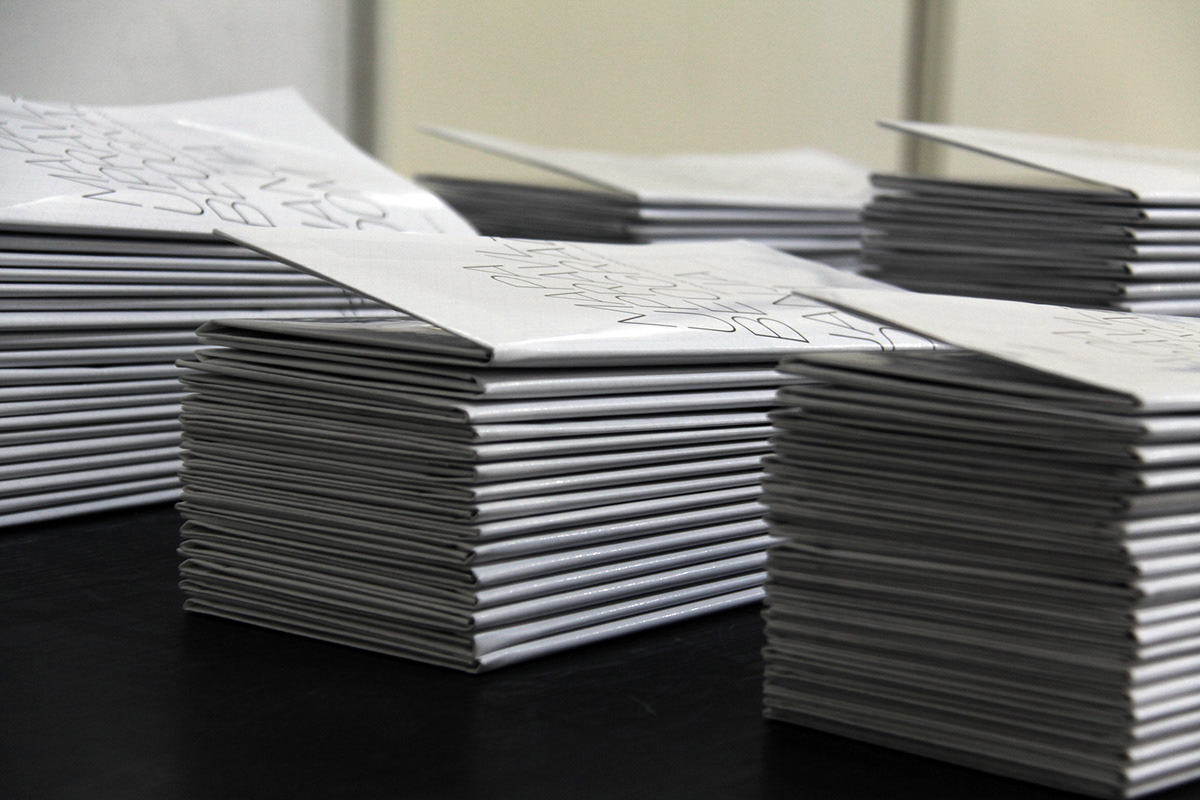
“Is it possible to understand the city functioning
through the process of (non)harmonized actions of actors?
Is it possible to make the system more understandable,
accessible and functional?”
through the process of (non)harmonized actions of actors?
Is it possible to make the system more understandable,
accessible and functional?”
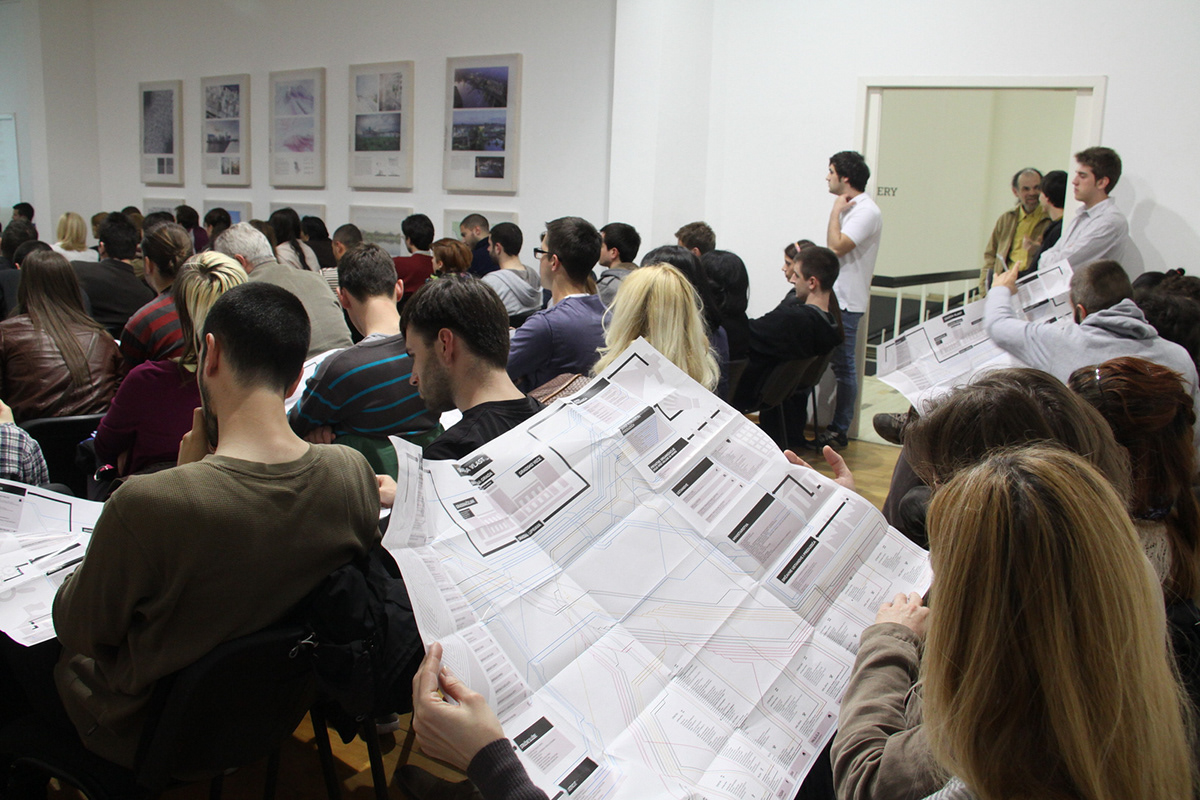
Facing complexity, the graphic designers, Adrijan Karavdic and Ognjen Stanisljevic chose subways city maps as a source of inspiration, trying to get it as didactic as possible. But in the flow of information, contrarily to any other subway maps, there is no stops, no points, only movement. It is easy then to imagine administrations as in the Twelve Tasks of Asterix”: “go to the office 243 to get the green form C-52. With this, you can get the pink form B-876 from the office 54. From it, you can go to the 3rd floor, wait and get the blue form A-13 with which you can come back to me for having the authorization H-87-5946932. But only if you have yet the braun form T-8735929-YHK-63892-JFIT. If not, you have to go to the office 7803JDYZO975378 in the eleven floor: they know what to do over there.”
This superposition of complex administrative layers pushes, in fact, the development of informal constructions: why to bother with complexity when you can just act, do, and no one cares? And actually, the informal or the way people from Belgrade are actually crossing the border separating what is allowed and what is not, somehow offers one of the most surprising and charming aspect of the city.
This superposition of complex administrative layers pushes, in fact, the development of informal constructions: why to bother with complexity when you can just act, do, and no one cares? And actually, the informal or the way people from Belgrade are actually crossing the border separating what is allowed and what is not, somehow offers one of the most surprising and charming aspect of the city.
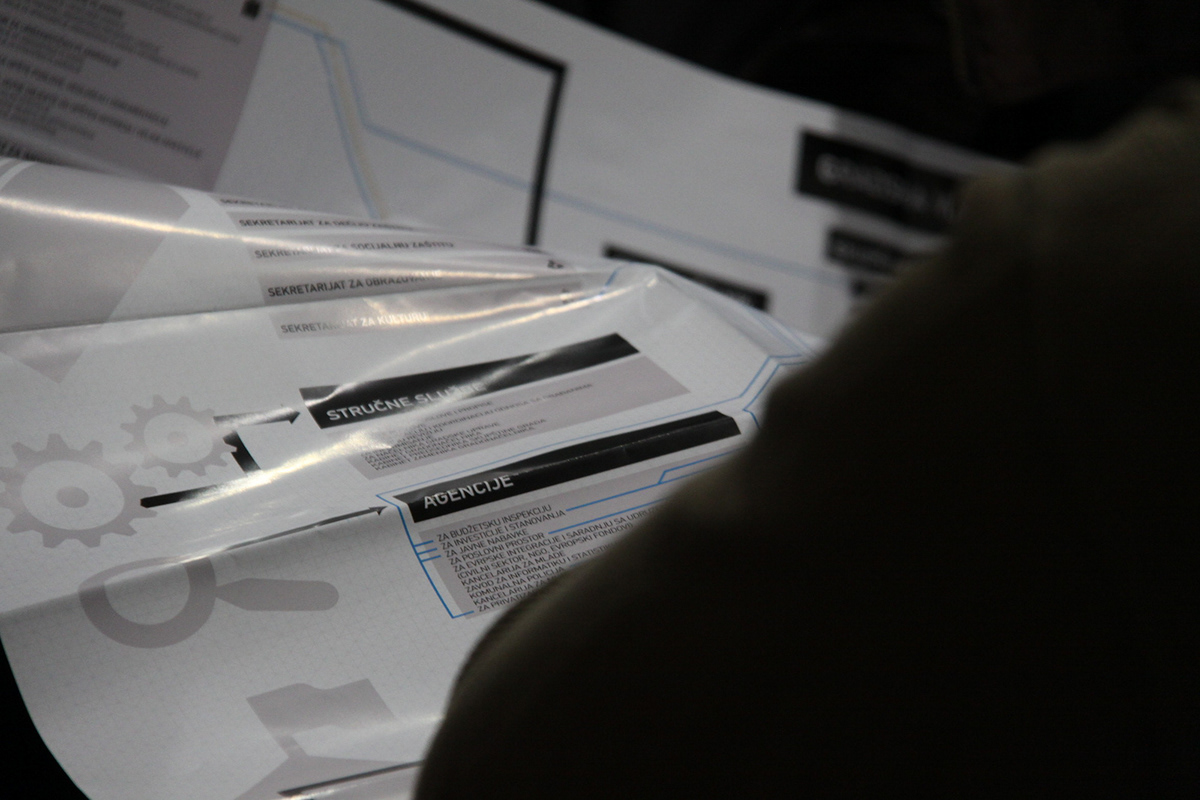
It was/is a lot question of identity: In a city/country/countries under re-construction (the succession of wars stopped officially in 2001 after NATO bombing in 1999), an internal fight for gaining back the time lost for decades and enter the non ending list of contemporary attractive metropolis at one glance is actively going on. But the “identity” of Belgrade is already there without need for creating an artificial one.
As the half greek / half german researcher Ares Kalandides was talking about in Berlin last week, invited for a symposium organized by Georg Simmel Center for metropolitan studies and the Humboldt Universität on “Cities and Change and Challenge”, we are often confused by transferring a human specificity to cities: the notion of Identity is normally related to human whereas we apply it more and more to objects and specifically Cities. He suggests to turn the question another way around and to correct the formulation: Cities have no identities but our identity is related to places: “I identify the City as” – metaphore – or “I am identified with the City of …” – passive mode. Instead of talking about identities, Ares Kalandides would rather use the notion of “sense of place”: defining cities as the intersection points of several trajectories and, most important, taking time into account: change is not to be perceived as a unique event at time T but much more as a continuous status. There is in consequence, absolutely no reason to look for identity neither for change: one doesn’t exist, the other one is already here. The obsession of the transformation is thus obsolete: it is omnipresent in the minds of some people not seeing that it already started, and vividly going on.
My personal doubt about it is not based neither on the existence nor on the necessity of a transformation but much more on how fast it will be operated and controlled: The city of Belgrade is at a turning point where it – the city – can choose to orientate its future development towards tourism (to visitors) or towards services (to Belgrade citizens) and I cross fingers: hopefully they’ll choose the good one! Within its complex governance system and its imperfections, the city is highly vibrating, authentic, hiding treasures I hope I will still be able to find when I’ll come back.
As the half greek / half german researcher Ares Kalandides was talking about in Berlin last week, invited for a symposium organized by Georg Simmel Center for metropolitan studies and the Humboldt Universität on “Cities and Change and Challenge”, we are often confused by transferring a human specificity to cities: the notion of Identity is normally related to human whereas we apply it more and more to objects and specifically Cities. He suggests to turn the question another way around and to correct the formulation: Cities have no identities but our identity is related to places: “I identify the City as” – metaphore – or “I am identified with the City of …” – passive mode. Instead of talking about identities, Ares Kalandides would rather use the notion of “sense of place”: defining cities as the intersection points of several trajectories and, most important, taking time into account: change is not to be perceived as a unique event at time T but much more as a continuous status. There is in consequence, absolutely no reason to look for identity neither for change: one doesn’t exist, the other one is already here. The obsession of the transformation is thus obsolete: it is omnipresent in the minds of some people not seeing that it already started, and vividly going on.
My personal doubt about it is not based neither on the existence nor on the necessity of a transformation but much more on how fast it will be operated and controlled: The city of Belgrade is at a turning point where it – the city – can choose to orientate its future development towards tourism (to visitors) or towards services (to Belgrade citizens) and I cross fingers: hopefully they’ll choose the good one! Within its complex governance system and its imperfections, the city is highly vibrating, authentic, hiding treasures I hope I will still be able to find when I’ll come back.
